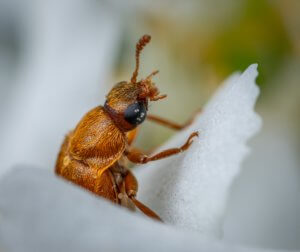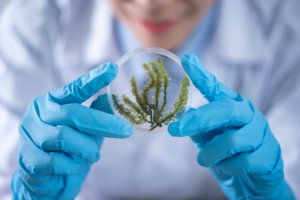Awesome science news from the web (20/07)
Last week we talked to you about the importance of science literacy, and this week we bring you the awesome science news stories from the web; with tips on how to talk about these topics with kids – questions to ask and discussions to be had.
“I have no special talents. I am only passionately curious.”
-Albert Einstein
1. By Jove! 12 new moons discovered around Jupiter
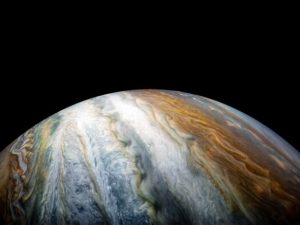 Astronomers from the Carnegie Institution of Science, Washington DC, have discovered 12 new Jovian satellites using a dark energy camera mounted on the Blanco telescope in Chile. The objects were found when researchers compared new images taken from the extremely sensitive camera to previous images of Jupiter and its surroundings. The discovery is another piece of the unsolved puzzle of how planets, their moons, and our solar system came to be.
Astronomers from the Carnegie Institution of Science, Washington DC, have discovered 12 new Jovian satellites using a dark energy camera mounted on the Blanco telescope in Chile. The objects were found when researchers compared new images taken from the extremely sensitive camera to previous images of Jupiter and its surroundings. The discovery is another piece of the unsolved puzzle of how planets, their moons, and our solar system came to be.
Link to the story
|
Sharing with kids: On Earth, we have one moon called Moon. But did you know that other planets have more? Just recently 12 new moons were found around Jupiter, making it have a grand total of 79 moons! Questions to ask: What makes a moon a ‘moon’? What makes it orbit (go around) a planet? Suggested Answer: Moon is a large natural object that travels regularly around a planet. Gravity makes it orbit a planet. Explain that gravity is the same reason why things fall to the ground. |
2. Stormy weather? Never mind, it’s green pastures ahead

A team of engineers and urban planners at MIT propose an ingenious solution for dealing with stormwater flooding that simultaneously cleans the water and provides a green space for city dwellers. Stormwater is channeled through wetlands that filter the water of pollutants. Meanwhile nearby floodplains may be used as sports fields, playgrounds, and parks.
Link to the story
|
Sharing with kids: Too much rain from storms is a big problem because it cannot be taken away fast enough by drains in the city. This leads to floods. Scientists say that we can make areas with ponds and grass called wetlands that can take up the extra rain. Wetlands clean the dirty stormwater so that we can reuse it and at the same time people can use them as places to play. Questions to Ask: How do wetlands stop flooding and clean dirty water? Suggested Answer: They work as a sponge and take up the excess rainwater. The water movement is slowed down. Wetlands act as a filter by allowing dirty bits to sink down and plants in the wetlands help catch the dirty bits too. |
3. Doing the robot dance now harder as shape-shifting robots emerge
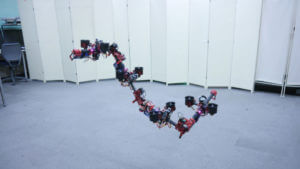
University of Tokyo roboticists make an intelligent drone that can fly, walk, and shapeshift through tight spaces. The ‘DRAGON’ drone might one day be used for difficult rescue missions and inspection of remote or dangerous areas.
|
Sharing with kids: Robots used to be simple and moved around in clunky ways. New robots being made can fly, walk and even learn to change their shape to go through tight holes. Questions to Ask: What might a flying, walking, shape-shifting robot be used for? Suggested Answer: The point of the exercise is to encourage kids to use their imagination. Kudos if they come up with more than the article suggested! |
4. The ‘real’ paleo diet? Here’s some heartbreaking news for you
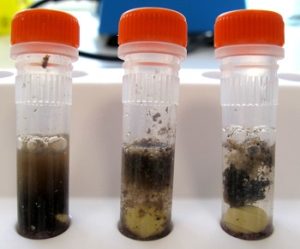
The stomach contents of a mummified alpine caveman have been probed by Italian scientists from the Eurac Research Institute for Mummy studies to reveal what made up his true blue paleo diet. The answer: plenty of fat probably from a meal of wild goat, goat milk, traces of toxic fern, and surprisingly wheat (which modern paleo dieters don’t eat!). While the scientists are unsure why the 5300-year old ‘Ötzi’ may have eaten the fern, fatty deposits in his arteries strongly suggest that he was likely to die of heart disease.
Link to the story
|
Sharing with kids: Not all mummies are Egyptian and wrapped in cloth. Did you know that mummies can be made if a dead body is frozen in ice? By looking into Ötzi the mummy’s stomach, they found what he last ate – some wild goat, milk, and plants including wheat. Questions to Ask: What is a ‘mummy’? What are the three main ways a body can be well kept over a long time? What happens to other bodies? Suggested Answer: Dry conditions, acid, freezing conditions. They rot until nothing is left. |
5. Fatal return to sender – eek!
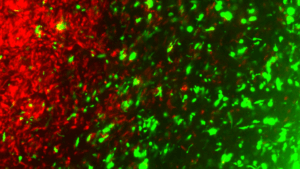
Harvard University scientists test a promising potential cancer therapy that cleverly uses the ability to spread cancer cells to return home to their parent tumor. The engineered self-targeting tumor cells express ‘death’ signals that force the main tumor to kill itself. These cells are then eliminated by a drug that triggers their suicide.
Link to the story
|
Sharing with kids: Cancer happens when body cells stop doing what they normally do and keep dividing to form a lump called a tumour. The cancer cells then spread throughout the body. Scientists have made special ‘good’ versions of the spreading cancer cells that come back to their parent tumour and tell it to shutdown. Questions to ask: Why is it bad when cells stop doing what they normally do? What does the body usually do to stop cancer cells from being made? Suggested Answer: Fewer cells are available to do the job the cancer cells usually do and they start to disturb the work of normal cells. Many cancer cells are made every day but the body can usually detect them and make them shut down. |
Did you like what you read? Want more science delivered in fun ways? Follow us on different social media channels using the links below.
Better yet, subscribe to InquiBox to get different science mini-projects delivered home.




